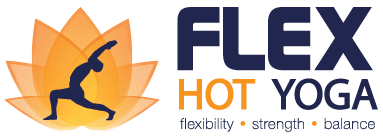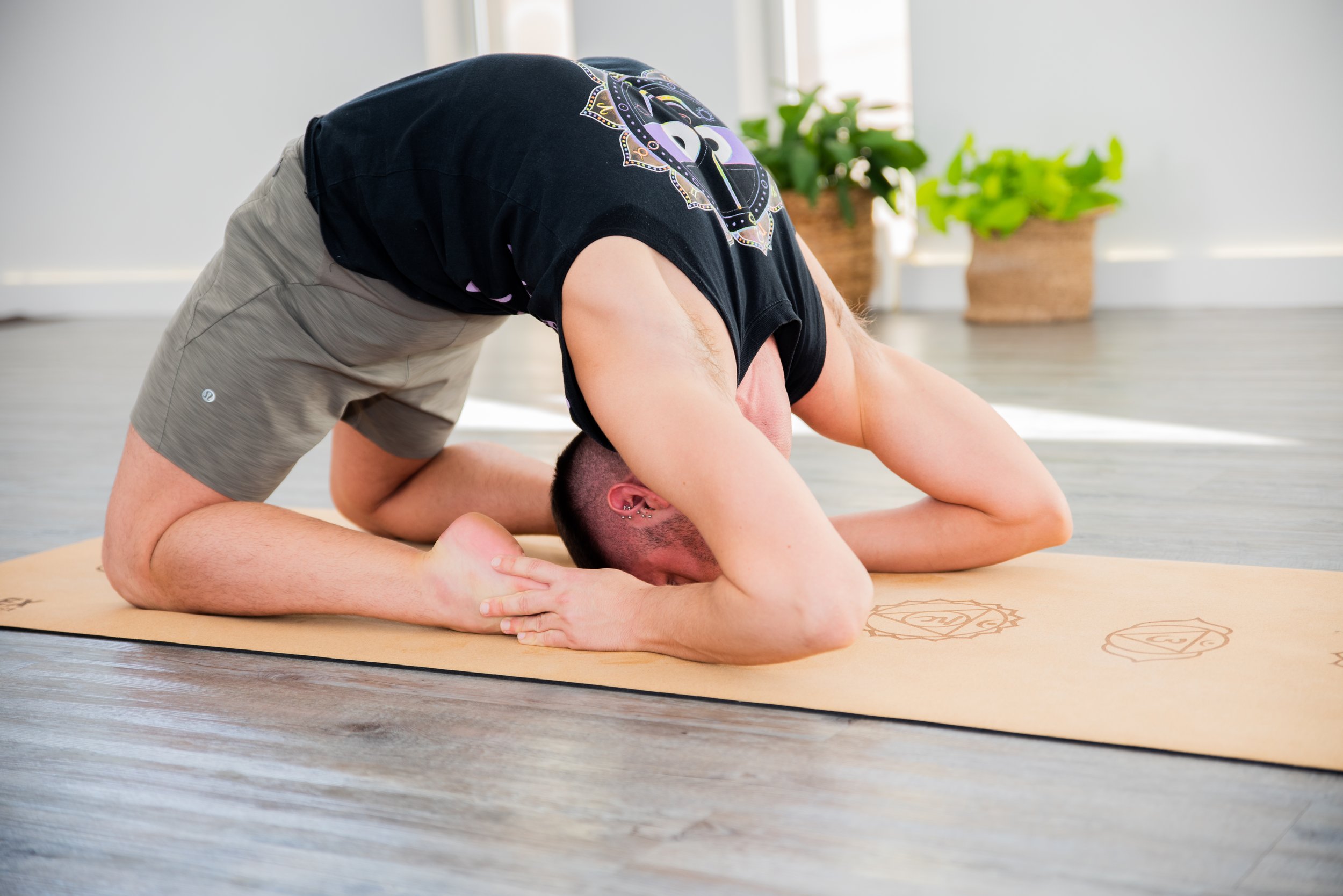Posture of the month: Kapotasana
In April, our Posture of the Month is Kapotasana, the Pigeon Pose. It derives from the Sanskrit words kapota (pigeon) and asana (posture).
Are you wondering why the name rings a bell? Pigeon? But it looks different? That's because you will have practiced postures from the same family many times in class: Rajakapotasana (the King Pigeon) and Eka Pada Rajakapotasana, the one-legged version of the same. They all invoke the same image: a pigeon puffing up its crop, hence the name.
So now, it’s time to focus on the original, which looks much more like the Wheel Pose, but with your arms and legs on the ground. It is an advanced backbend and deep heart opener that is challenging to practice but all the more rewarding in terms of benefits, both on a physical and on a spiritual (chakra) level.
The benefits of practicing Kapotasana
The Pigeon comes from the Ashtanga Yoga tradition, and is also practiced in Iyengar Yoga. It requires a high level of flexibility to be able to bend your head back all the way, but then it serves as an amazing heart opener with heaps of benefits:
It stretches the entire front of your body and opens up your chest
It engages your ankles, thighs, groins, abdomen and chest, all the way to your arms and neck and helps gain more flexibility
You stretch and thereby strengthen your back muscles
You will give your psoas muscle a deep stretch, which is a good remedy for sciatica
It stimulates the organs of the abdomen and is said to improve the function of the digestive system
It is claimed that it helps women fall pregnant because it centres the uterus and stimulates the abdominal area
Likewise, it is said to help with urinary tract issues
In general, calms the body and mind, and reduces stress
Impacts on your chakra system
Practicing Kapotasana activates three different chakras: Anahata (Heart), Visshudha (Throat) and Ajna (Third Eye). Ayurvedic Doctor Dr. Raghuram writes: “This asana which is one of the greatest backbends will stimulate the Prana or life energy to move in between these chakras … [This] brings a great mind-body balance via balancing the said chakras and also synchronising the orchestra between these chakras.”
How exactly this shows up in your day-to-day life will depend on your own constitution and how balanced or unbalanced you are. However, here’s a quick overview about these three chakras and what they are in charge of:
Anahata Chakra (Heart): located in the centre of the chest behind the sternum. Anahata translates to ‘infinite’, ‘unhurt’ or ‘boundless’. Ultimately, this chakra is all about kindness and compassion towards yourself and others. It is ‘in synch’ when you feel a sense of trust and belonging, are able to love yourself and others, and give and receive in a healthy and balanced way (incl. the ability to say ‘No’ when needed).
Visshudha Chakra (Throat): located in the throat area at the height of the thyroid gland, its name translates to ‘pure’ or ‘purification’. This chakra is the connection between head and heart (and the rest of the body), and is all about integrating knowledge (head) and love (heart) to true wisdom. Here is the seat of our ability to communicate and express ourselves: our truth, purpose, creativity and individuality. This also means to accept others in their truth and expression, and having healthy emotional boundaries to negotiate our own and other peoples’ needs.
Ajna Chakra (Third Eye): located between our eyebrows, it is associated with the pineal gland. Its name translates to ‘perceive’, ‘command’ or ‘beyond wisdom’. The Third Eye is said to be the direct link to Brahman, the ultimate reality. It’s realm is that of intuition, self-realisation, inspiration and imagination, and it allows us to connect to our deeper spiritual wisdom. With this third (additional) eye, we don’t just see, we perceive and understand, and can thus transcend superficial worries and fears, and come to a deeper understanding.
So are you ready to learn Kapotasana? Then come along to Flex regularly and practice with us! There are over 25 classes/week, and we will practice it daily during all of April 2023!
This month, we thank Youteach.yoga, Dr Raghuram from Easyayurveda and the blog articles on chakras by Ekhardyoga for many of the insights mentioned in this blog post.



